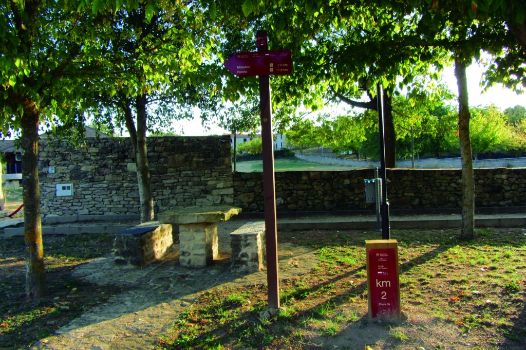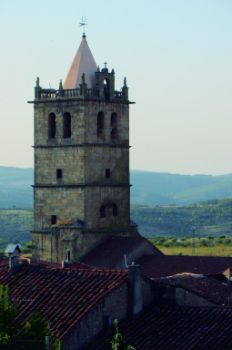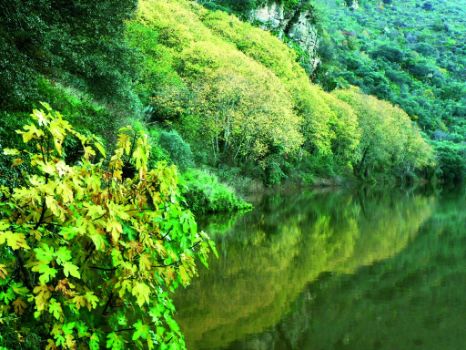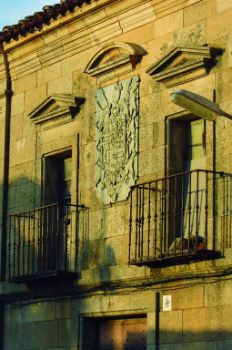Net of Natural
Trails

Stage 36: Masueco - Aldeadávila de la Ribera
Description
A walk along Arribes del Duero
The Calzada Vieja, a cobblestone road, links these two towns in what might be considered a short walk through Arribes, as it just over 2 kilometres long. Almond trees, hawthorns, orchards and vineyards escort the route. If so desired, one may continue with the next Stage, arguably one of the most spectacular of Arribes del Duero.

This Stage of the Duero Nature Trail begins in San Roque district in Masueco. Leaving the town along the road to Aldeadávila de la Ribera, the route takes the first path to the left, which runs parallel to the road.
The Church of San Nicolás de Bari is worth visiting before leaving Masueco. It boasts one of the most beautiful towers in the county, which originally belonged to a castle. The church, in Isabelline Gothic style, is one of the oldest in the county. It features the balls typical of this architectural style, which indicated that the church was part of the Camino de Santiago.
The route initially runs along a paved path known as Calzada Vieja. Shortly after, this path disappears, and the route continues on a wide path through flat, barren terrain, dotted with almond trees (Prunus dulcis), hawthorns (Pink sp.), orchards and vineyards, from where one can see the gullies carved by the River Uces and the River Duero.
It soon arrives at the hamlet of Corporario, where one can rest in the rest area with tables and stone benches.

After traversing through this small hamlet, the path leads to the SA-314, where it turns left and continues ahead for about 200 metres before reaching the town of Aldeadávila de la Ribera, where the Stage ends. At the edge of the town is a monument to the goatherds, one of the identifying features of the county.
Since the visits of Miguel de Unamuno to the county, Aldeadávila de la Ribera is known as "the heart of Arribes". The most prominent features of the town are its maze of streets with vernacular architecture and emblazoned houses, including the neoclassical Palace of Don Jerónimo Manuel Caballero, with a large coat-of-arms on the façade.
Worthy of a visit is Torre de Aldeadávila, originally a 13th century military fortress, which still preserves the original structure with a Romanesque door on the north side, two-metre thick walls and four sturdy double abutments. It was extensively renovated in the fifteenth century, and in the sixteenth century, it was attached to the parish church of San Salvador, the convent of the fortress.
Sites of interest
Profile
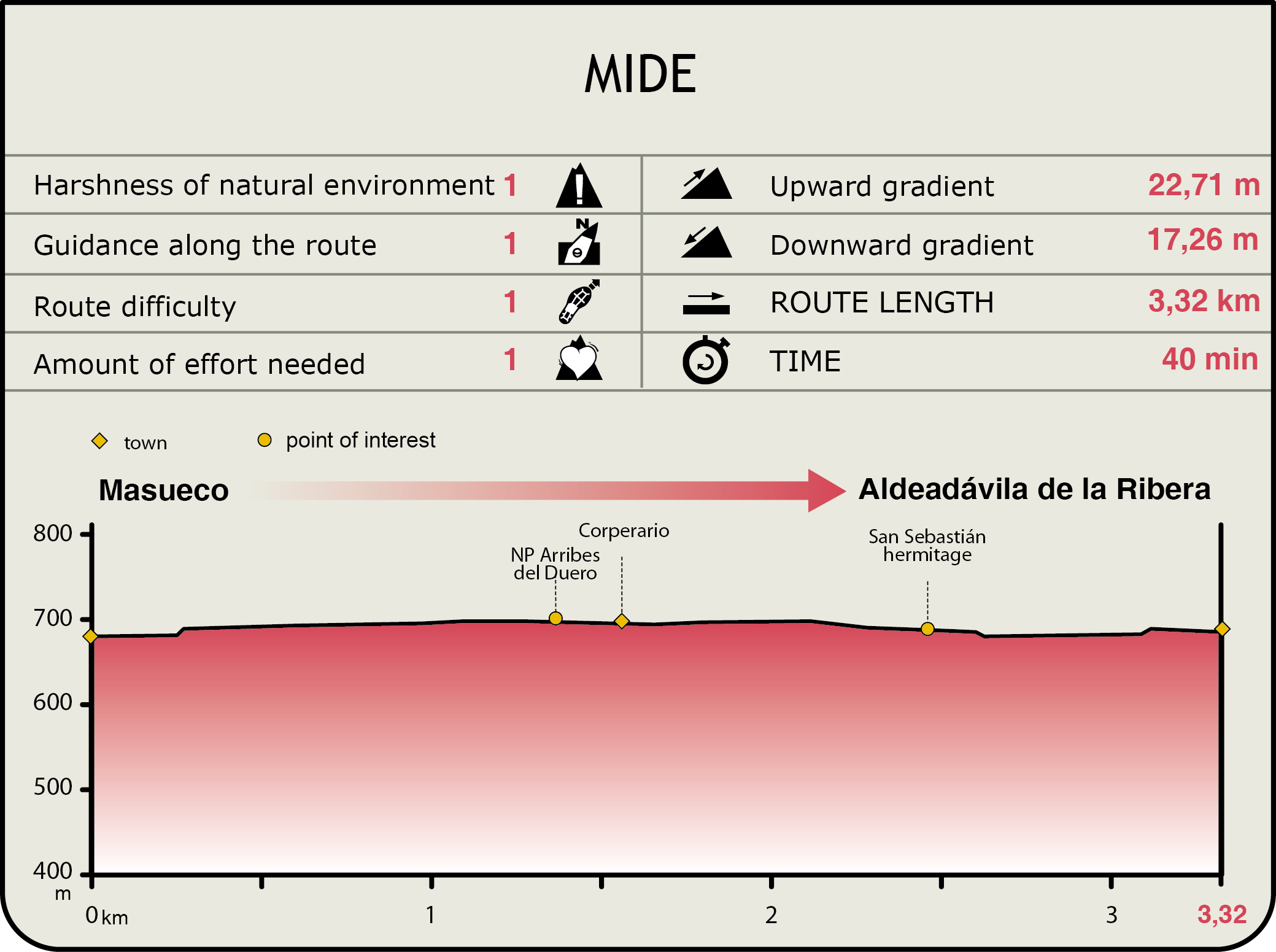
Highlights
Further information
Smuggling
For years, many Arribes families survived by smuggling products across the nearby Portuguese border.
Economic hardship pushed people to smuggling, despite the penalties imposed by law enforcement officers on individuals who were caught. The bartered goods were basic subsistence products. These products were in shortage in some places, and in others, either there was a surplus or people simply could not afford to keep them due to force majeure.
Smuggling, which was rife in the 1950s and 1960s, ended in 1965, when Aldeadávila Reservoir was inaugurated.



